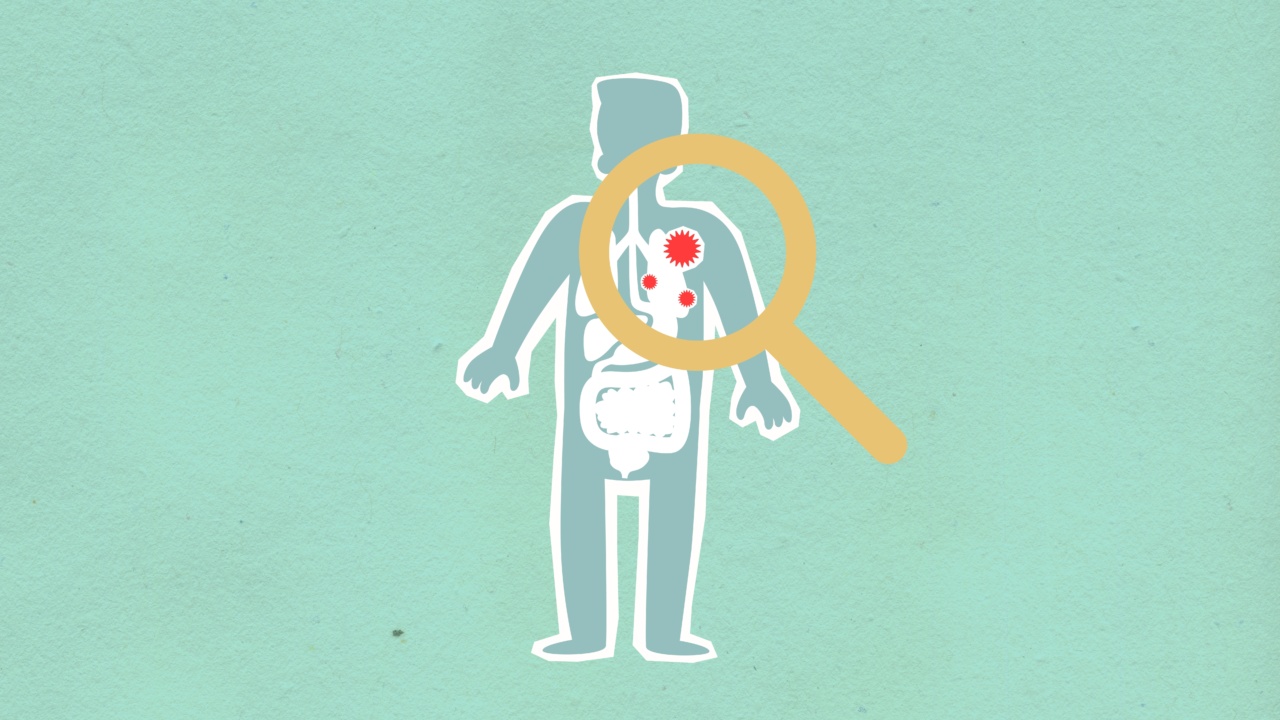Influenza, commonly known as the flu, is a viral infection that affects the respiratory system and spreads easily. It can cause mild to severe illness and sometimes lead to death.
While anyone can get the flu, some groups of people are more vulnerable and at higher risk for serious complications than others. In this article, we will examine the impact of influenza on the most vulnerable populations.
Who are the most vulnerable populations?
The most vulnerable populations for influenza include:.
- Elderly individuals aged 65 years and older
- Children under the age of 5 years, especially those under 2 years
- Pregnant women
- People with chronic medical conditions, such as asthma, diabetes, heart disease, and weakened immune systems
Why are these populations more susceptible?
These populations are more likely to suffer from serious complications if they contract the flu virus. For example, elderly individuals have weaker immune systems, making it harder for them to fight off the virus.
Children, especially those under 2 years, have underdeveloped immune systems and smaller airways, making them more susceptible to respiratory problems. Pregnant women experience changes in their immune, heart, and lung functions during pregnancy, which can increase their risk for serious complications.
People with chronic medical conditions may already have weakened immune systems, making them more vulnerable to severe cases of the flu.
Impact on the elderly
According to the Centers for Disease Control and Prevention (CDC), the majority of flu-related hospitalizations and deaths occur in people aged 65 years and older.
This population is at higher risk for complications such as pneumonia, dehydration, and worsening of chronic medical conditions. Influenza can also lead to functional decline, making it harder for elderly individuals to perform daily activities and increasing their risk for falls and injuries.
Impact on children
Children under the age of 5 years, especially those under 2 years, are also at higher risk for complications from influenza. According to the CDC, children in this age group are more likely to require medical care than older children and adults.
They are also at higher risk for hospitalization and severe outcomes such as pneumonia and dehydration. In some cases, the flu can also lead to seizures or a worsening of underlying medical conditions such as asthma or diabetes.
Impact on pregnant women
Pregnant women are more susceptible to respiratory infections such as influenza due to changes in their immune system, heart function, and lung capacity during pregnancy.
In addition, pregnant women who get the flu are at higher risk for serious complications such as pneumonia and preterm labor. The flu can also be dangerous for the developing fetus, increasing the risk of complications such as low birth weight and premature birth.
Impact on people with chronic medical conditions
People with chronic medical conditions such as asthma, diabetes, heart disease, and weakened immune systems are also more vulnerable to severe complications from the flu.
Influenza can worsen underlying medical conditions and lead to hospitalization, pneumonia, and other serious outcomes. People with weakened immune systems may also be at higher risk for developing complications such as bacterial infections.
Prevention strategies
The best way to prevent influenza is through vaccination.
The CDC recommends annual flu vaccination for everyone aged 6 months and older, with special emphasis on vulnerable populations such as the elderly, children, pregnant women, and people with chronic medical conditions. In addition, frequent hand washing, covering coughs and sneezes, staying home when sick, and avoiding close contact with sick individuals can help prevent the spread of the flu.
Treatment options
If you do get the flu, antiviral medications can help reduce symptoms and prevent complications. These medications work best when started within 48 hours of symptom onset.
In addition, rest, hydration, and over-the-counter medications such as acetaminophen or ibuprofen can help alleviate symptoms such as fever and body aches.
Conclusion
In conclusion, influenza can have a significant impact on vulnerable populations such as the elderly, children, pregnant women, and people with chronic medical conditions.
These populations are more susceptible to serious complications from the flu and require special attention when it comes to prevention and treatment strategies.




























